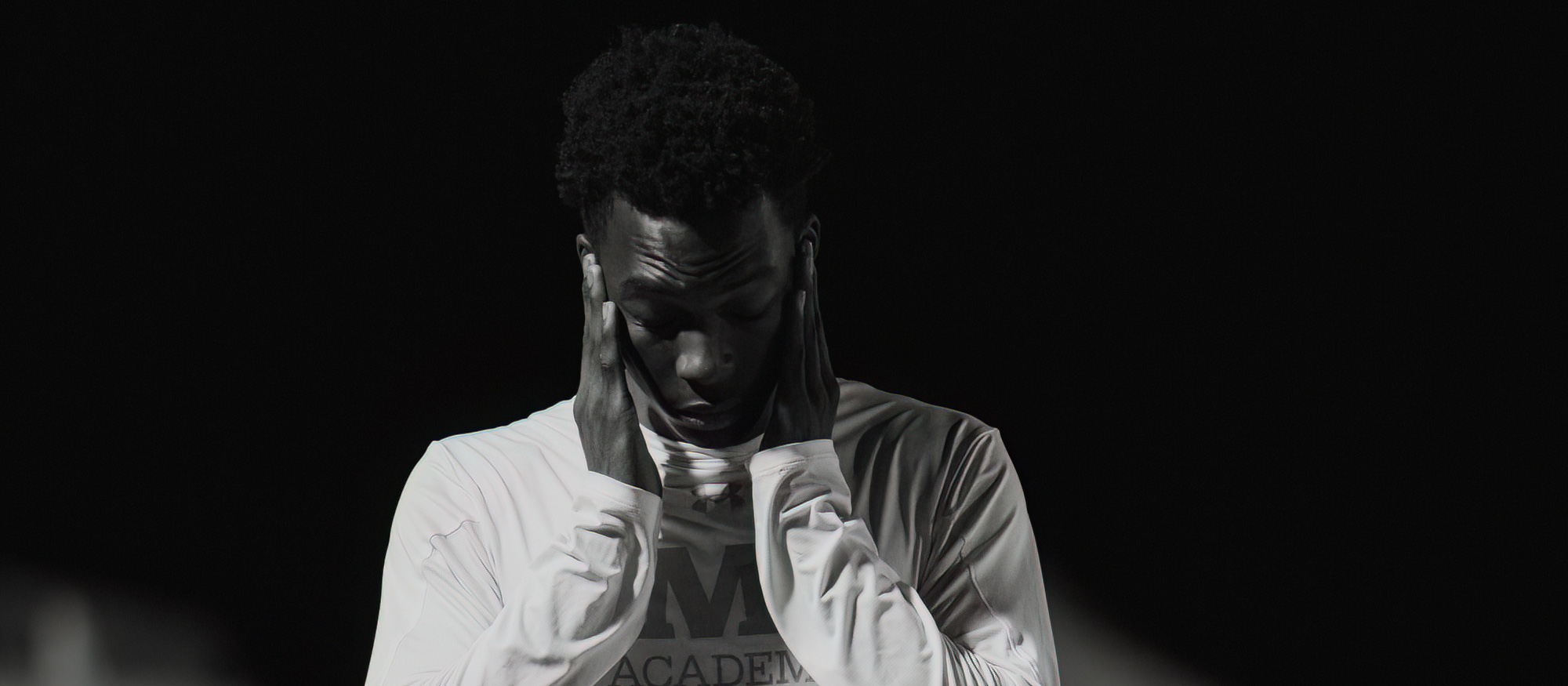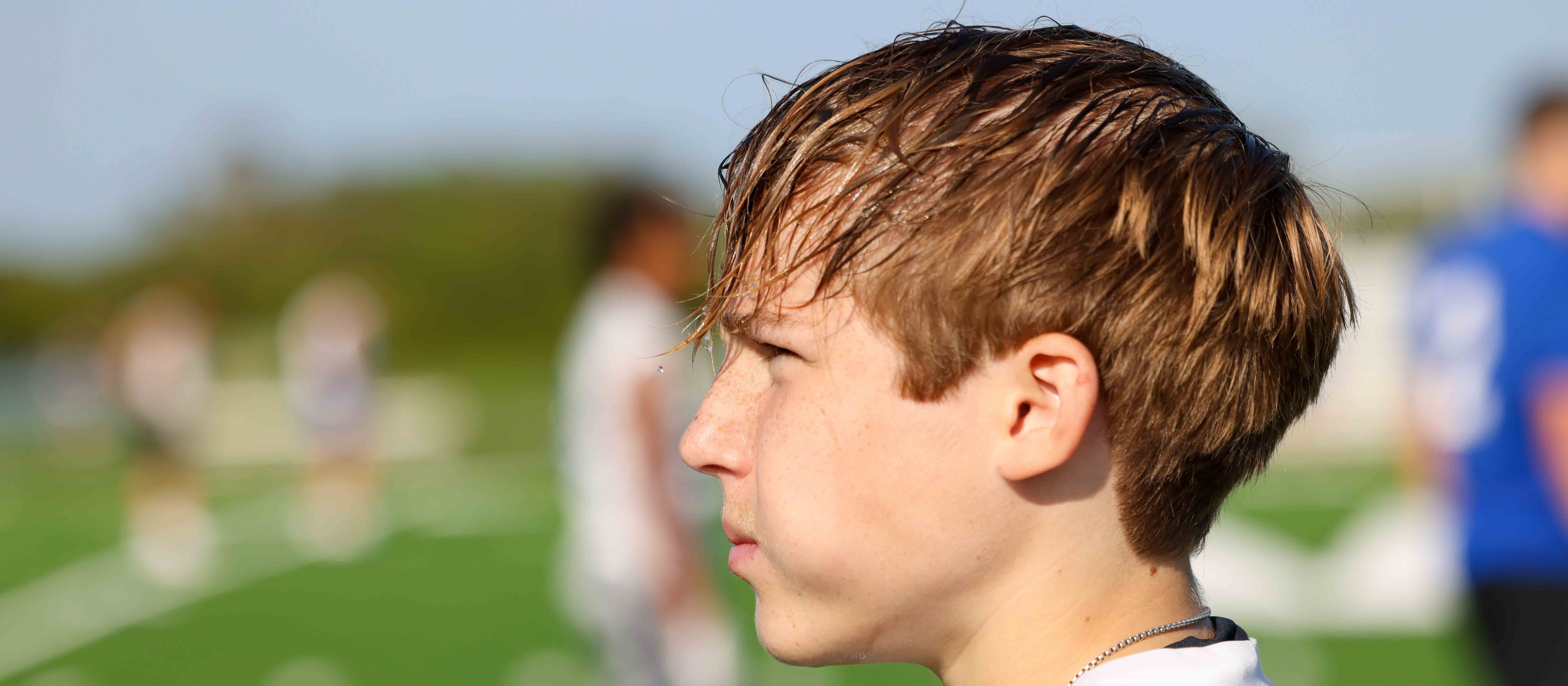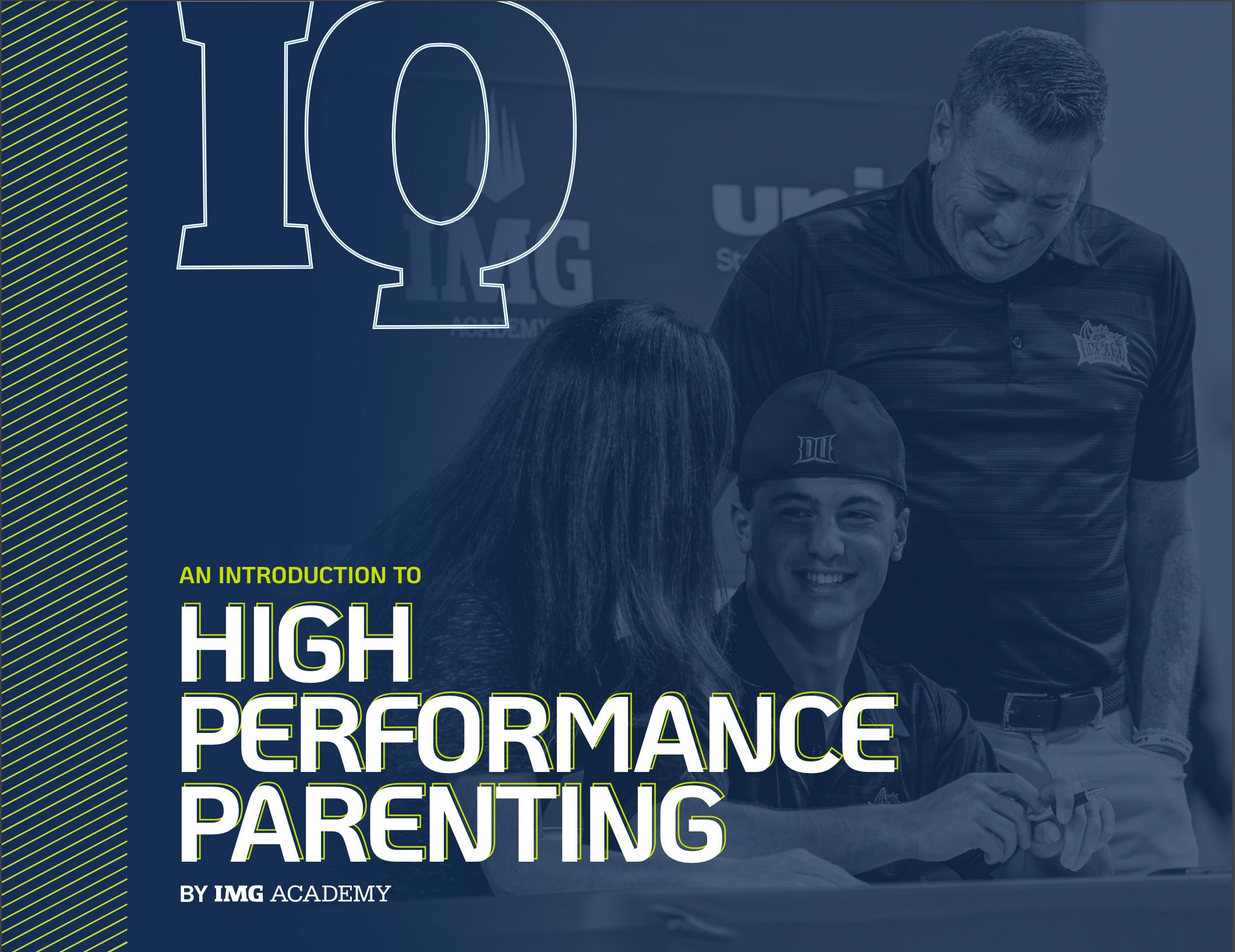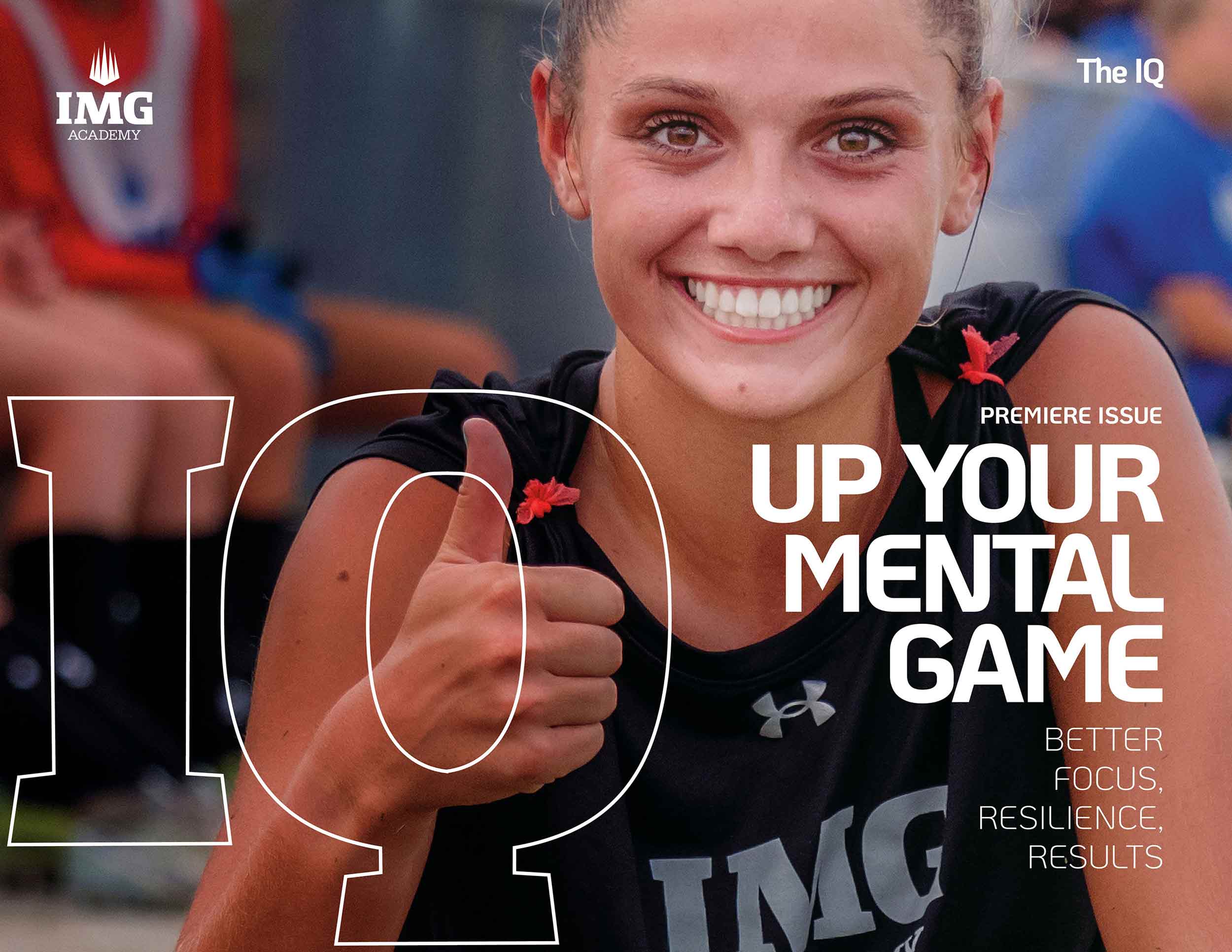There’s powerful science behind the benefits of meditation. One study by Harvard University researchers found that just eight weeks of mindfulness meditation practice for an average of 27 minutes per day led to measurable changes in cognitive and emotional well-being. Although teachers and practitioners agree that anyone can benefit from meditation, it can have unique advantages for student-athletes.
“The biggest thing with meditation is how it helps athletes be more present-moment focused,” says Melissa Aycock, a Mental Performance Coaching Manager at IMG Academy. “This allows them to concentrate on task-relevant cues — focusing on the right things at the right times — and not get distracted, and all of this culminates in building confidence.”
Here’s why, and how, Aycock recommends that student-athletes develop a meditation practice.
What Is Meditation?
Meditation is a practice that involves focusing the mind and cultivating present-moment awareness. It encourages the acceptance of thoughts and emotions without judgment. Rooted in Eastern meditation practices, mindfulness also emphasizes being fully engaged in the present moment, according to Jon Kabat-Zinn, a leading expert on mindfulness.
But while meditation involves a bit more doing (it is, after all, a practice), mindfulness simply requires being.
“We can be mindful at any point; meditation is more of a focused tool that may require you to sit or lie down away from distractions,” Aycock says. That said, the two disciplines are inextricably linked, and both can benefit student-athletes.
How Does Sports Meditation Help with Performance?
According to Aycock, meditation plays a crucial role in enhancing athletes’ attention and confidence. By promoting present-moment focus and reducing anxiety through techniques such as controlled breathing, meditation helps athletes maintain composure under pressure. It can also help them attain flow states — where athletes achieve peak performance through the perfect synchronization of body and mind.
But meditation requires repetition. “Just like any skill, you didn’t learn to dribble or shoot right off the bat, so you need to practice until it becomes automatic. Then, when you’re finding yourself at a moment of heightened stress, for example, you can change your mental state on the spot,” Aycock says.
What’s the Best Way to Begin Meditating?
Getting started with meditation is simpler than it may seem. Begin by finding a comfortable and quiet spot to sit or lie down. Close your eyes and focus on your breath, feeling how it moves within your body. Allow your attention to rest on your breath, gently guiding it back if your mind begins to wander.
“From this point, we want to focus on what happens when our attention gets pulled away. And if the mind starts wandering, give it a gentle nudge to get it back to the breath. ‘Back to the breath’ could even be a mantra you repeat to yourself while meditating,” Aycock says. Accept that distractions are normal and part of the practice, without self-judgment. Over time, you’ll develop greater mental discipline and the ability to maintain focus for longer periods.
Aycock recommends meditating for one to five minutes every two to three days, and increasing to up to 20 minutes a day if it feels right. “You are the expert on you. Meditation shouldn’t be a burden; it should be something you are looking forward to,” she says. And while a peaceful environment is ideal for meditation, location is less important than consistency and intent, Aycock adds.
To induce consistency, Aycock suggests “habit stacking.” That means attaching your meditation time to something that you already do regularly. For example, get up, have tea, then meditate.
Can Meditation Be Used Before a Game?
“If meditation gets you centered before competition, go for it,” Aycock says. But “incorporating breathing into a mindful moment is also beneficial and probably more attainable for many people. It gives us something somatically, by lowering our heart rate or making our palms not as sweaty, as well as focusing us in the moment.”
“I think about the last year Michael Phelps competed in the Olympics. He’d be in the holding area with his headphones on. I would assume he was listening to a specific song. He was just trying to be present and mindful, focus on the task at hand, and slow his heart rate down,” she says.
Aycock herself pairs mindfulness with breathing before a big meeting or tough interpersonal conversations. She closes her eyes and engages in box breathing (breathing in for four seconds, holding for four seconds, breathing out for four seconds, and holding again for four seconds). “Not only is it centering, but it’s also calming physical symptoms,” she says.
How Can Parents Encourage Kids to Meditate?
“The best way for parents to get kids interested in meditation is to model it. When they see mom, dad, or a caregiver doing it, they get curious,” Aycock says.
As for the ideal age to begin a meditation practice, Aycock says that, especially in this era of digital distraction, it’s never too early to engage kids in meditation, or at least a mindfulness practice.
Take IMG Academy’s on-demand focus course.










